An era of struggle & democratisation
1960s
“Here is this great so-called land of the free, home of the brave,
that is denying the most fundamental citizens’ rights to a certain group
of people”
- Elaine Brown
Overview
1
SOCIAL MOVEMENTS EMERGE: CIVIL RIGHTS, FEMINISM & ANTI-WAR PROTESTS
The 1960s sees the rise of the Civil Rights Movement and the emergence of identity politics. Large-scale protests enter the spotlight and civil disobedience begins.
2
1964 ELECTION: BARRY GOLDWATER, THE SOUTHERN STATES & CIVILS RIGHTS
Despite losing the 1964 election to Democrat President Lyndon B. Johnson, Barry Goldwater establishes a new foothold for Republicans in southern states, largely due to the support of conservative, white southerners and the view that states should be able to control their own laws without federal intervention.
3
1968 ELECTION: NIXON’S ‘SOUTHERN STRATEGY’
Off the back of Goldwater, the Nixon campaign’s “southern strategy” systematically aimed at making veiled (and sometimes not-so-veiled) racist appeals to white voters.
1
Social movements emerge: civil rights, feminism
& anti-war protests
April 1965: Dr Martin Luther King Jr (1929 - 1968) addresses civil rights marchers in Selma, Alabama. (Photo by Keystone/Getty Images)
“What you're seeing starting in the 1960s is that the white American worker is no longer the privileged citizen”
- Michael McQuarrie
"I have a dream" - Martin Luther King Jr.
"I have a dream: one day this nation will rise up, live out the true meaning of its creed. We hold these truths to be self-evident, that all men are created equal."
- Martin Luther King Jr.
Timeline: Protest and civil disobedience during the 1960s
1955
1957
1960
1956
1958
1959
1961
1962
1963
1964
1965
1966
1967
1968
1969
1970
1972
1973
1974
1971
1975
1976
1977
1978
{
{
{
{
{
{
{
{
{
{
{
{
{
{
Women's rights
Women's rights
The National Organization for Women is founded.
President Johnson amends Executive Order 11246 to include a provision banning sex discrimination.
No-fault divorce is first introduced in California.
The Supreme Court rules that the administrators of estates cannot be appointed in a way that discriminates between sexes.
Title IX, a portion of the United States Education Amendments of 1972, is codified, prohibiting gender-based discrimination in education programmes and activities receiving federal financial assistance
The Roe v. Wade Supreme Court decision legalises abortion up until the third trimester of pregnancy.
A federal mandate requires US military academies to admit women.
The Pregnancy Discrimination Act of 1978 amends Title VII of the Civil Rights Act of 1964 to "prohibit sex discrimination on the basis of pregnancy”.
The Women's Educational Equity Act is passed, banning gender discrimination against women in education.
The Equal Credit Opportunity Act prohibits discrimination against credit applicants on the basis of race, colour, religion, national origin, sex, marital status, or age.
Kennedy’s Presidential Commission on the Status of Women releases its final report on gender inequality, revealing workplace discrimination, and recommending affordable childcare, equal employment opportunities for women, and paid maternity leave. The report sells 64,000 copies and sparks the formation of state commissions on the status of women across the country.
The Equal Pay Act of 1963 is signed into law by President Kennedy, prohibiting wage discrimination based on gender.
Betty Friedan publishes “The Feminine Mystique,” one of the defining texts of second-wave feminism in the US.
The Food and Drug Administration approves the first oral contraceptive, commonly known as "the pill," for sale in the United States.
President John F. Kennedy establishes the President's Commission on the Status of Women.
The Women Strike for Peace activist group mobilises 50,000 women in 60 cities to demonstrate against nuclear weapons.
President Lyndon B. Johnson signs the Civil Rights Act of 1964, which includes the Title VII prohibition of discrimination based on sex by private employers, including employment agencies and unions.
A Supreme Court ruling invalidates state laws that had prohibited the use of birth control by married couples. By 1970, 80 percent of married women of childbearing age are using contraceptives.
{
{
{
{
{
{
{
{
{
{
{
{
{
{
{
Civil rights
Civil rights
Anti-war movement
Anti-war movement
Martin Luther King creates the Poor People’s Campaign, which addresses the impact of poverty on the lives of Americans. He also gives a speech against the Vietnam War, initiating the confluence of the civil rights movement with the anti-war, labour and women’s movements.
One of the most prominent anti-war demonstrations takes place on October 21, when 100,000 protesters gather at the Lincoln Memorial to protest against the war. Disillusionment with the Vietnam War is becoming more widespread, as the number of American casualties climbs to 15,000 killed and 110,000 wounded, and the burden on the taxpayer reached $25bn a year.
Martin Luther King Jr bolsters the anti-war movement by publicly stating his opposition to the war on moral grounds.
The first mass demonstration against the Vietnam War is organised in San Francisco, gathering more than 600 people.
Activists begin burning or tearing up draft cards at anti-war demonstrations. Draft-card burning would become a symbol of opposition to the Vietnam War, prompting a 1965 law banning the act.
More than 500,000 people march on Washington to protest against American involvement in Vietnam.
President Richard Nixon announces the end of US involvement in the war.
The Pentagon Papers are published, fuelling the public’s disillusionment with the war and raising questions about government accountability.
The launch of the Tet Offensive by North Vietnamese communist troops further erodes US public support for the war, and instigates the most intense period of anti-war protests to date.
Martin Luther King delivers his final public speech,“I’ve been to the Mountaintop,” in Memphis, Tennessee. He speaks of the injustice felt by the city's sanitation workers, who were on strike protesting low pay and poor working conditions. He is assassinated a day later.
The March on Washington for Jobs and Freedom is attended by 250,000 people. Martin Luther King delivers his famous “I have a dream” speech in front of the Lincoln Memorial.
The Justice Equal Pay Act bans wage discrimination based on gender.
The Civil Rights Act of 1964 is signed by Lyndon B. Johnson, banning discrimination based on race, colour, religion, sex or national origin.
The Black Panther Party is founded by Huey P. Newton and Bobby Seale in Oakland, California.
The Voting Rights Act gives African Americans the right to vote.
Malcolm X is assassinated.
Rosa Parks refuses to surrender her bus seat to a white passenger, inspiring Alabama’s Montgomery Bus Boycott.
The Civil Rights Act of 1957, primarily a voting rights bill, is signed by President Eisenhower. It establishes the Civil Rights Commission.
Four college students organise a sit-in at a lunch counter in Greensboro, North Carolina. Sit-ins then begin to spread throughout the South.
ELIZABETH HINTON
ELAINE BROWN
“You get these major demonstrations, the March on Washington for Jobs and Freedom in 1963 being kind of inspiring to other marginalised groups - women, gays and to a new generation of youth - who want to create a different kind of American society and see the 1960s as an opportunity to do so.”
“Here is this great so-called land of the free, home of the brave, that is denying the most fundamental citizens’ rights to a certain group of people. People now saw that people wanting to go to a restaurant and sit there and have a root beer were being hosed down by the sheriffs.”
Watch
Watch
The struggle
The struggle for equality would lead to the 1964 Civil Rights and 1965 Voting Rights Acts being signed into law by President Lyndon B Johnson.
What was the 1964 Civil Rights Act?
•
•
The 1964 Civil Rights Act, signed into law by President Lyndon B. Johnson on July 2, 1964, was one of the most significant legal victories for the US Civil Rights Movement.
The landmark civil rights and labour law prohibited employment discrimination based on race, colour, religion, sex, or national origin, and also banned segregation in public places.
What was the 1965 Voting Rights Act?
•
•
•
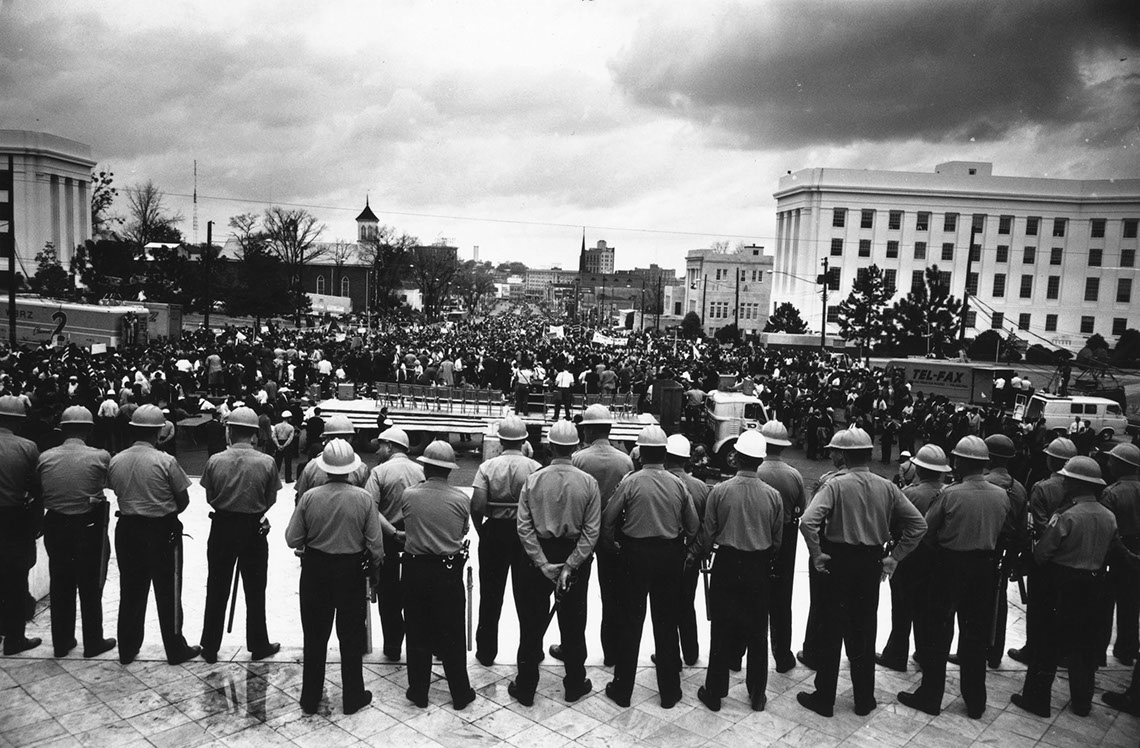
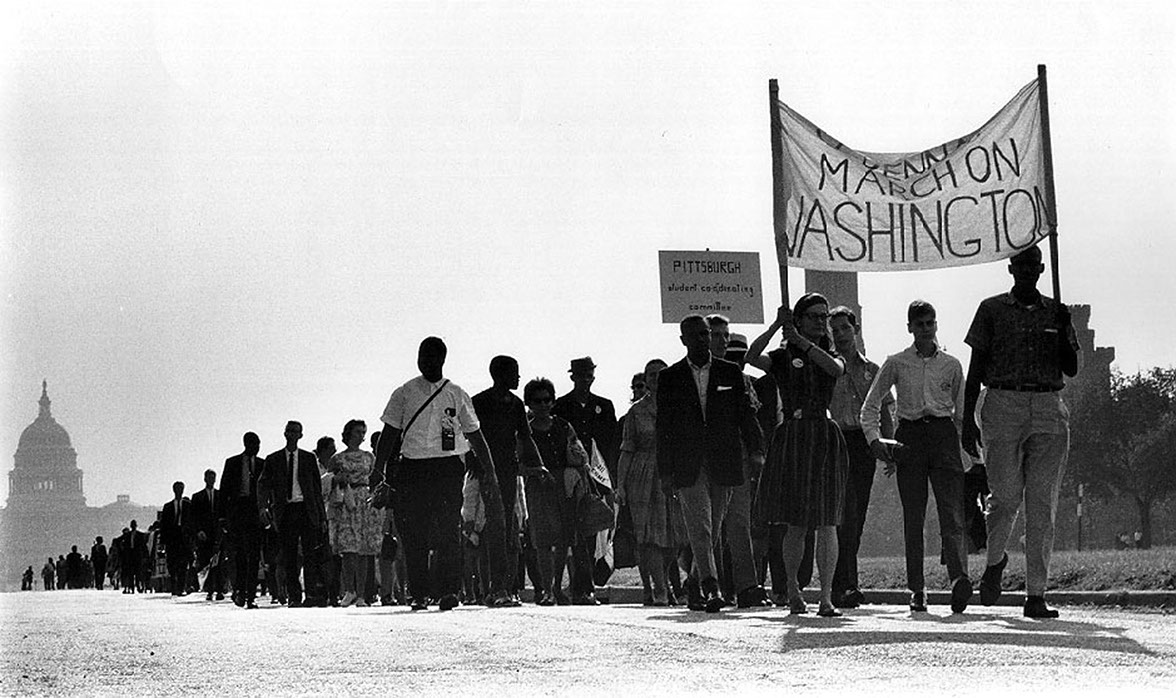
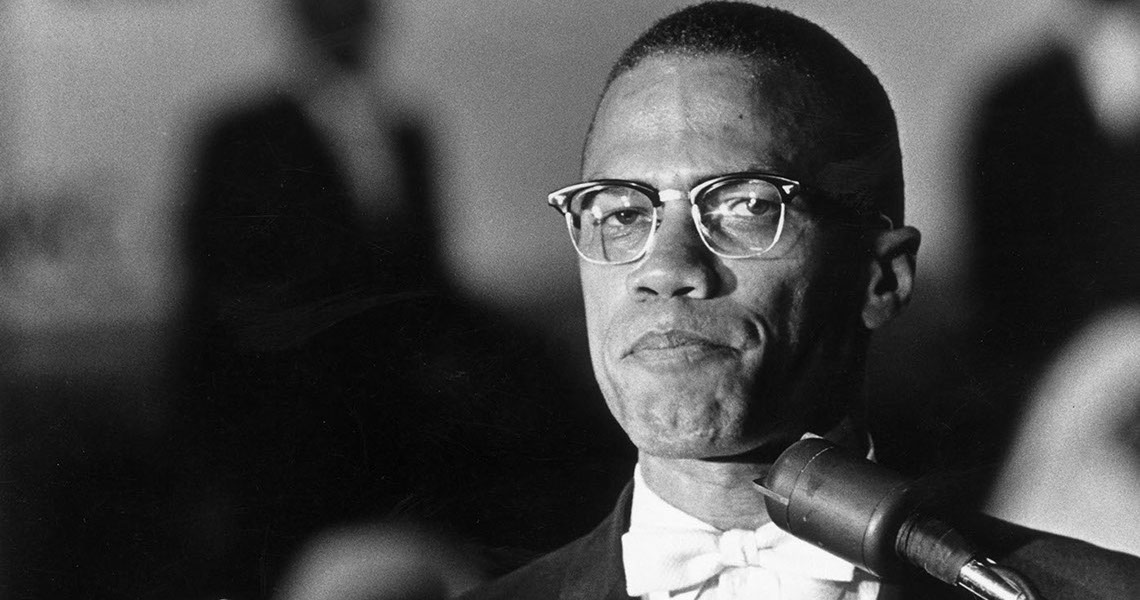
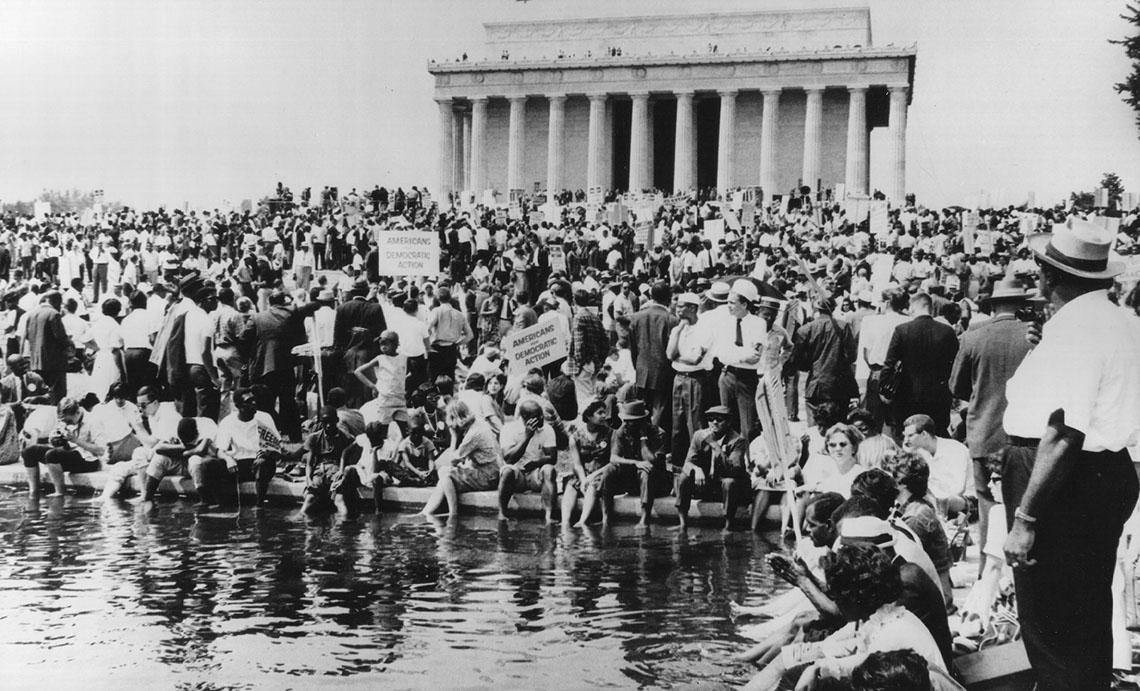
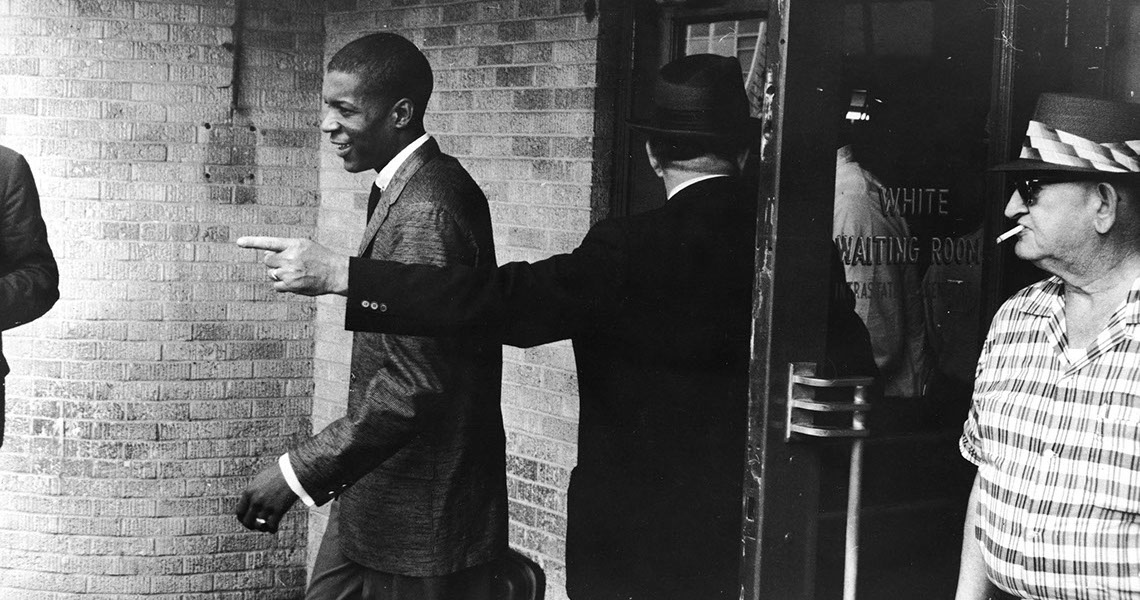
March 1965: A line of policemen on duty during a black voting rights march in Montgomery, Alabama. (Photo by William Lovelace/Express/Getty Images)
Thousands of Americans march near the U.S. Capitol August 28, 1963 at a civil rights rally. (Photo by National Archive/Newsmakers)
American political activist and radical civil rights leader, Malcolm X (1925 - 1965) standing at a podium during a rally of African-American Muslims held in a Washington, DC arena. (Photo by Richard Saunders/Hulton Archive/Getty Images)
Demonstrators gather in front of the Lincoln Memorial for a civil rights rally August 28, 1963 in Washington. (Photo by National Archive/Newsmakers)
An unidentified young Black 'Freedom Rider' is told to leave a segregated 'white' waiting room at a bus depot in Jackson, Mississippi, May 26, 1961. (Photo by Express Newspapers/Getty Images)
1 - 5
<
>
The 1965 Voting Rights Act outlawed discriminatory state voting practices that had been used to disenfranchise African Americans and other minorities.
Despite voting rights being guaranteed under the 15th Amendment to the Constitution (1870), many states had continued to deprive millions of the right to vote through a variety of discriminatory strategies.
The Act addressed several of these legal barriers - such as literacy tests and poll taxes - and empowered the federal government to oversee voter registration at local and state elections.
These two victories bookended one of America’s most painful presidential elections. The era of civil rights showed a nation facing up to its divisions, but at the same time, pushing some of its people even further apart.
MICHAEL McQUARRIE
“What you're seeing starting in the 1960s is that the white American worker is no longer the privileged citizen. So the reaction comes from that group, which had basically been equated with America for much of American history, all of a sudden now feeling like they weren't at the centre of American political interest and political discussion.
Watch
American revolutionary and educator Angela Davis, shortly after she was fired from her post as philosophy professor at UCLA due to her membership of the Communist Party of America, November 27, 1969. (Photo by Hulton Archive/Getty Images)
2
1964 election: Barry Goldwater, the southern states
& civils rights
Senator Barry Goldwater, surrounded by his supporters as he campaigns for the Republican candidacy, 1952. (Photo by Keystone/Hulton Archive/Getty Images)
“Goldwater runs a campaign focused on states’ rights”
- Jonathan Weiler
The 1964 election
The 1964 election would see President Johnson claim an overwhelming victory, winning 44 out of the 50 states against his Republican rival Barry Goldwater.
US Presidential election 1964
Source: US National Archives and Records Administration
But Goldwater’s six gains included five states in the Deep South, states that had never, in the post-Civil War era, gone to a Republican candidate… and it was down to one overriding issue – race.
JONATHAN WEILER
MICHAEL KAZIN
JONATHAN WEILER
“Goldwater runs a campaign focused on states’ rights. It's a campaign focused on what are to be already the churnings of the Civil Rights Movement and growing unrest in American streets and racial conflict of a sort that we hadn't seen so openly in several decades.”
Watch
“He was personally not a racist, not in favour of segregation but he opposed the Civil Rights Act of 1964 because he said the constitution didn't allow forcing businesses not to discriminate.”
Watch
“Goldwater is routed in the 1964 elections. It's one of the biggest landslides of all time, but Goldwater establishes a beachhead, he wins several southern states from the old Confederacy, and so he establishes a new foothold for Republicans and so there is at the popular level the beginnings of mass discontent among southern Democrats with the Democratic Party because it is becoming a racially tolerant and a pro-civil rights party.”
Watch
“I would remind you that extremism in the defence of liberty is no vice … and let me remind you also, that moderation in the pursuit of justice is no virtue.”
- Barry Goldwater
Barry Goldwater's speech
“When the head of the Ku Klux Klan, when all these weird groups come out in favour of the candidate of my party, either they’re not Republicans or I’m not…”
- Democratic Party Presidential Election Campaign Ad 1964
Democratic Party Presidential Election Campaign Ad 1964
President Johnson would go on to pursue his vision of the ‘Great Society’, with a so-called “war on poverty” that had a limited impact on helping America’s poor.
With law and order under threat from rising tensions between African Americans, whose rights were now legally enshrined, and the authorities still coming to terms with those rights, the Johnson administration’s response was to shift from a “war on poverty” to a “war on crime”.
Lyndon B. Johnson & the ‘War on Crime’
The 1965 Law Enforcement Assistance Act
This legislation empowers the national government to take a direct role in militarising local police.
A grant-making agency within the Department of Justice is established with the power to purchase military-grade hardware - such as bulletproof vests, helicopters, tanks, rifles, gas masks - for police departments.
•
•
The 1967 Commission on Law Enforcement and Administration of Justice
•
In 1967, President Lyndon B Johnson creates a national commission to study the causes of urban crime. The commission calls for sweeping reforms in all aspects of the American criminal justice system.
“No agency of government has ever in our history undertaken to probe so fully and deeply into the problems of crime in our nation. I do not underestimate the difficulty of the assignment. But the very difficulty which these problems present and the staggering cost of inaction make it imperative that this task be undertaken.”
- President Lyndon Johnson
The 1967 Commission on Law Enforcement and Administration of Justice
•
•
•
•
•
The Kerner Commission is formed in July 1967 to examine the causes of urban race riots that had occurred in cities such as Chicago, Newark, Los Angeles and Detroit since 1965.
President Johnson asks the commission, “What happened? Why did it happen? What can be done to prevent it from happening again?”
The report concludes that a pattern of economic deprivation and racial discrimination has largely contributed to conditions conducive to rioting and urban unrest.
One of the most famous passages warns, "Our nation is moving toward two societies, one black, one white - separate and unequal."
But its recommendations fall on deaf ears, explains Dr Elizabeth Hinton, author of “From the War on Poverty to the War on Crime: The Making of Mass Incarceration in America.”
“The Kerner Commission argued that really the cause of urban unrest in the 1960s was white racism”
- Elizabeth Hinton
Kerner Commission
A warning on the “military-industrial complex”
•
•
In his farewell address to the nation in 1961, President Dwight D. Eisenhower warns the American people to keep a careful eye on what he calls the “military-industrial complex”.
Eisenhower uses the speech to warn about "the immense military establishment" that had joined with "a large arms industry”.
"In the councils of government, we must guard against the acquisition of unwarranted influence, whether sought or unsought, by the military-industrial complex. The potential for the disastrous rise of misplaced power exists, and will persist."
- President Dwight Eisenhower
ELIZABETH HINTON
“We get the beginnings of a militarised police. We get the beginnings of new tactical units that the federal government is also funding that will patrol troublesome neighbourhoods, so black, low-income urban neighbourhoods. The more police we get on the streets, the more we can make arrests, the more we can remove troubled people, potential delinquents from their communities, and this will lead to greater public safety.”
Watch
Archive: Newsreel about riots
Lyndon B. Johnson’s presidency would be tainted by paradox – the president who signed through the Civil Rights Act would also implement strict law and order legislation that served against the very people the Act meant to protect.
America was riven by competing ideals and politics. Protests against the ongoing war in Vietnam remained strong, a movement for greater equality for women was gathering momentum and the struggle against racial discrimination took new form and new power.
ELIZABETH HINTON
CHRIS HEDGES
“There's a Civil Rights Movement, there's new groups asserting their voices and becoming empowered in new ways. But there's not a fundamental structural transformation that occurs in that period to really realise that principle of equality.”
“The protests of the '60s outside of the Civil Rights Movement was largely run by middle class white college kids who were seen as elitist and who eventually could be bought off by being given, at that time, employment within the state that could create a middle class lifestyle.”
Watch
Watch


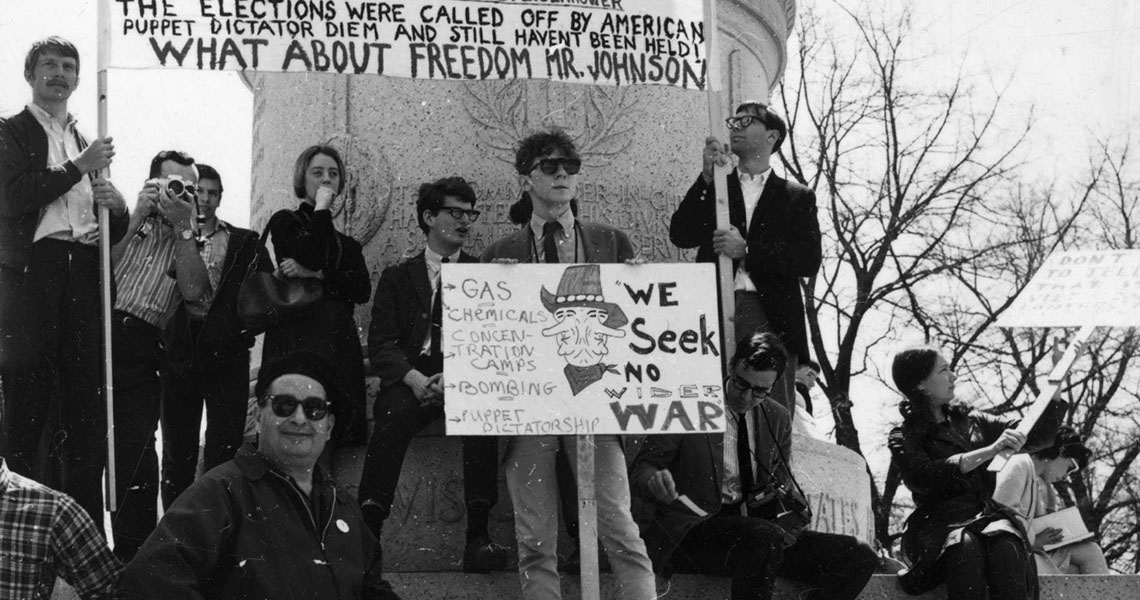
Women hold up signs demanding equal rights during a demonstration for women's liberation, New York City, circa 1968. (Photo by Hulton Archive/Getty Images)
A gay rights march in New York in favour of the 1968 Civil Rights Act being amended to include gay rights. (Photo by Peter Keegan/Getty Images)
April 17, 1965: A group of young anti-Vietnam War campaigners protesting in Washington, D.C., against the cancellation of the Vietnamese elections by Ngo Dinh Diem. (Photo by Henry Warfield/Keystone/Getty Images)
1 - 3
<
>
3
1968 election: Nixon’s ‘Southern Strategy’
The age of equality was in a faltering, experimental phase. But those threatened by the demands of those seeking parity remained key constituents for US policymakers.
President Lyndon Johnson meets with presidential candidate Richard Nixon July 26, 1968 at the White House. (Photo by National Archive/Newsmakers)
“The Republican’s hunch that there was a silent majority out there, was correct”
- Jonathan Weiler
The 1968 Presidential elections
The 1968 Presidential elections would see the Republican Party once again play politics with the north-south divide, and play up to the prejudices that still held sway in much of America.
The man who would benefit from this so-called “Southern Strategy” that appealed to white conservatives was Richard Nixon.
“We want to bridge the gap between the races. We want to bring America together.”
- Richard Nixon
Richard Nixon's speech
"Southern strategy":
•
•
The “Southern Strategy” refers to campaign tactics the Republican Party used to gain political support in the southern states by appealing to the prejudice against African Americans harboured by many white voters.
Presidential candidates Richard Nixon and Senator Barry Goldwater developed strategies that contributed to the political realignment of many white, conservative voters in the south - who had traditionally supported the Democratic Party - to the Republican Party.
CHRIS HEDGES
“The southern strategy was made possible by Lyndon Johnson. If Johnson had not signed the voting rights act, if he had not attempted to desegregate, the democrats would have kept the south. And Nixon realised that this was an angry white constituency that he could appeal to because the Democratic party had taken a stand for civil rights and he did.”
Watch
President Richard Nixon prepares to go on television May 23, 1970 in the Oval Office. (Photo by National Archive/Newsmakers)
MICHAEL McQUARRIE
JONATHAN WEILER
“Nixon figured out that for republicans to continue to be viable they have to peel off all the Southern whites - white people who are not okay with black people being equal citizens or okay with women being equal citizens”
Watch
MICHAEL KAZIN
“Law and order meant more than let's just have the laws enforced, it meant let's have a more orderly society. A society in which there were not threats to property, in which young men wear their hair shorter, in which women wear skirts, in which people have sex only once they're married. Those white people began to think about voting for conservative Republicans.
Like, a guy named George Wallace, who never actually became a Republican, but he ran for President in 1968 on an independent party ticket, in which he said working class people ought to control this country in effect he was saying, he wouldn't say white but you know, he'd say they're tough, they're not going to give in to any of this chaos. And that was a popular opinion among a lot of Americans...”
Watch
George Wallace had replicated Barry Goldwater’s success in the Deep South, proving that race could still drive politics in southern states.
Richard Nixon’s appeal to a conservative, white electorate would see him win the 1968 presidential election, and confirm Republican electoral strategy … vocal support for a supposed ‘silent majority’ paid dividends.
“And critical to doing that was they thought appealing to white working class blue collar voters. who socially they believed were more conservative and culturally were more conservative and were quite racially intolerant. And so the law and order campaign of 1968, the highlighting of the chaos in the streets, the highlighting of the degree to which there was just a breakdown of authority in America, all of those things I think were fundamental to the kinds of appeals that Nixon and his strategists were fashioning in 1968.”
Watch
Former Governor of Alabama George Wallace (Photo by Harry Benson/Daily Express/Hulton Archive/Getty Images)
US Presidential election 1968
Source: US National Archives and Records Administration
In 1968, a divided United States was struggling to reconcile a post-civil rights era.
Richard Nixon had garnered the support of a so-called ‘silent majority’ to regain the Presidency for a resurgent Republican party.
JONATHAN WEILER
“The outcome of the 1968 election demonstrated quite clearly the Republican’s hunch that there was a silent majority out there, was correct, that most people did not share the politics of the pro-civil rights liberal Democratic party that was emerging in the 1960s.”
Watch
Return to top
An era of struggle & democratisation
1960s
A corporate blueprint
to dominate democracy
Next: 1970s

